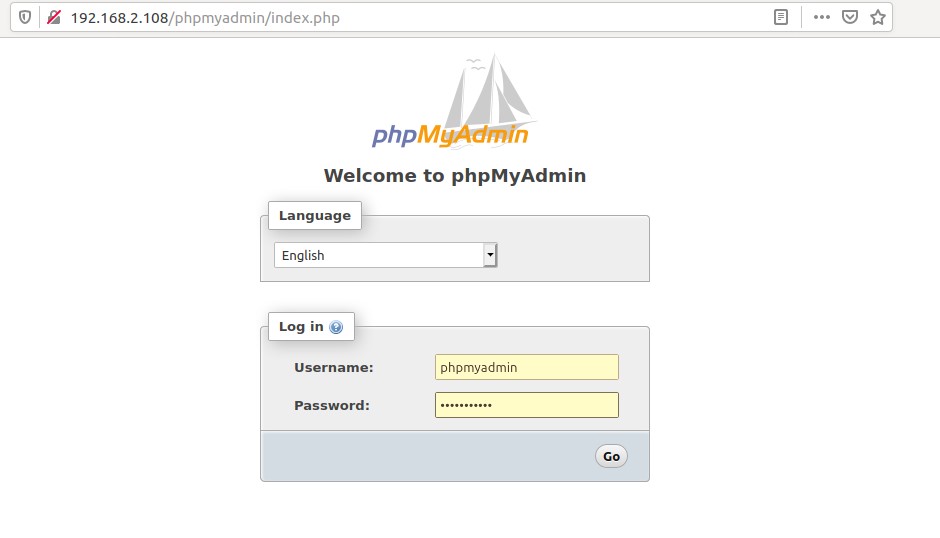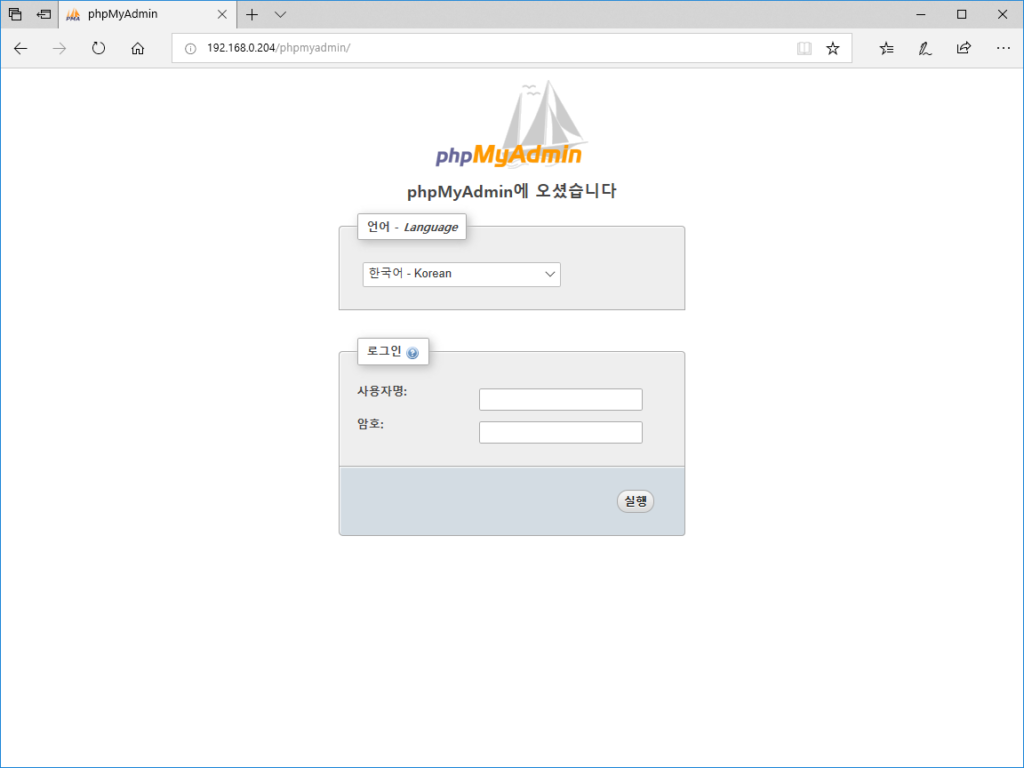

- Ubuntu phpmyadmin how to#
- Ubuntu phpmyadmin install#
- Ubuntu phpmyadmin update#
- Ubuntu phpmyadmin manual#
Step 3: Remove phpMyAdmin configuration file This command will completely remove the phpMyAdmin directory and all its contents from your system. Once you have located the installation directory, you can remove it using the following command: sudo rm -rf /usr/share/phpmyadmin The default location is usually /usr/share/phpmyadmin or /var/Step 2: Remove the phpMyAdmin directory

Step 1: Locate phpMyAdmin installationįind the directory where phpMyAdmin was installed. If you have installed phpMyAdmin manually, you can follow these steps to remove it. Now, you can proceed to uninstall phpMyAdmin using the following command: sudo apt remove phpmyadminĬonfirm the uninstallation when prompted, and phpMyAdmin will be removed from your system.
Ubuntu phpmyadmin update#
Start by updating the package lists for upgrades and package removals: sudo apt update
Ubuntu phpmyadmin how to#
Uninstalling phpMyAdmin using package managersįirst, we will cover how to uninstall phpMyAdmin using package managers like apt or apt-get.
Ubuntu phpmyadmin manual#
We will cover both manual removal and using package managers for a complete uninstallation process. Note that if you want to have a dedicated user, then you can ignore this method.If you have previously installed phpMyAdmin on your Ubuntu system and now wish to remove it, this guide will show you how to uninstall phpMyAdmin step by step. In this method, switch the authentication method from auth_socket to mysql_native_password. Especially when it comes to granting apps like phpMyAdmin access to the root user. However, it can also make things complicated. In many situations, this is a great thing as it offers hardened security and better usability. In the case of MySQL 5.7 (and later versions) running in Ubuntu, the root MySQL user is configured to authenticate using the auth_socket plugin. Alternatively, it’s possible to have a dedicated user to connect to phpMyAdmin. Instead of logging in using this user, it’s recommended to use the MySQL root user. The user “phpmyadmin” is responsible for providing necessary back-end functionalities. When phpMyAdmin is installed, a MySQL user is automatically created.

Ubuntu phpmyadmin install#
First, you need to install phpMyAdmin:Ĭonfigure user authentication and privileges Now we can start! Install phpMyAdminīecause it’s a popular software, phpMyAdmin is directly available from the default Ubuntu repos. As a result, it can be a lucrative target for attackers. You need to be aware that PhpMyAdmin is a widely-deployed app. Therefore, it’s crucial that you run phpMyAdmin over HTTPS. Establish direct communication with MySQL.You can learn how to install a LAMP stack using our dedicated tutorial.Īs for phpMyAdmin, keep the following security points in mind. For the server applications, you need LAMP (Linux, Apache, MySQL, PHP/Perl/Python) installed and configured. The system should be configured with the ufw firewall. You also need to have access to sudo privilege. To follow this guide you must be familiar with Ubuntu 18.04. In this guide, we will showcase how to install and secure phpMyAdmin on Ubuntu in a few easy steps. phpMyAdmin offers a web GUI for MySQL functions with increased flexibility. This is where phpMyAdmin comes into play. For many, that’s not a comfortable experience. When working with MySQL, most of the time, the interactions occur through the MySQL CLI tool. Because of all these features, MySQL finds its way in even the top-tier industries. In addition, it is highly flexible, memory efficient, and high-performance. It’s easy to use, secure, free, and open-source (under the GNU license). MySQL is an open-source RDBMS based on SQL queries.


 0 kommentar(er)
0 kommentar(er)
